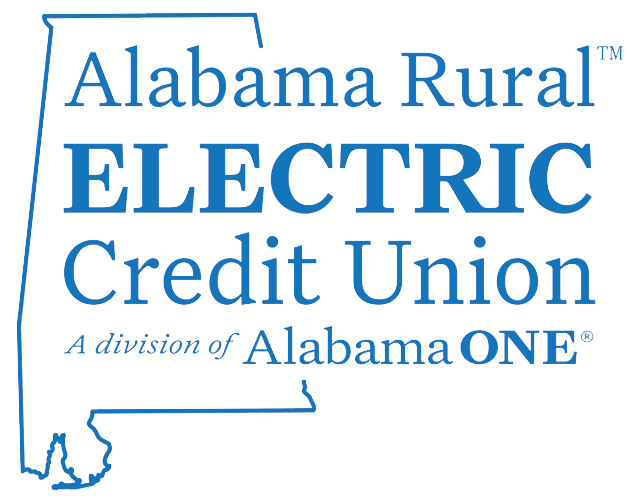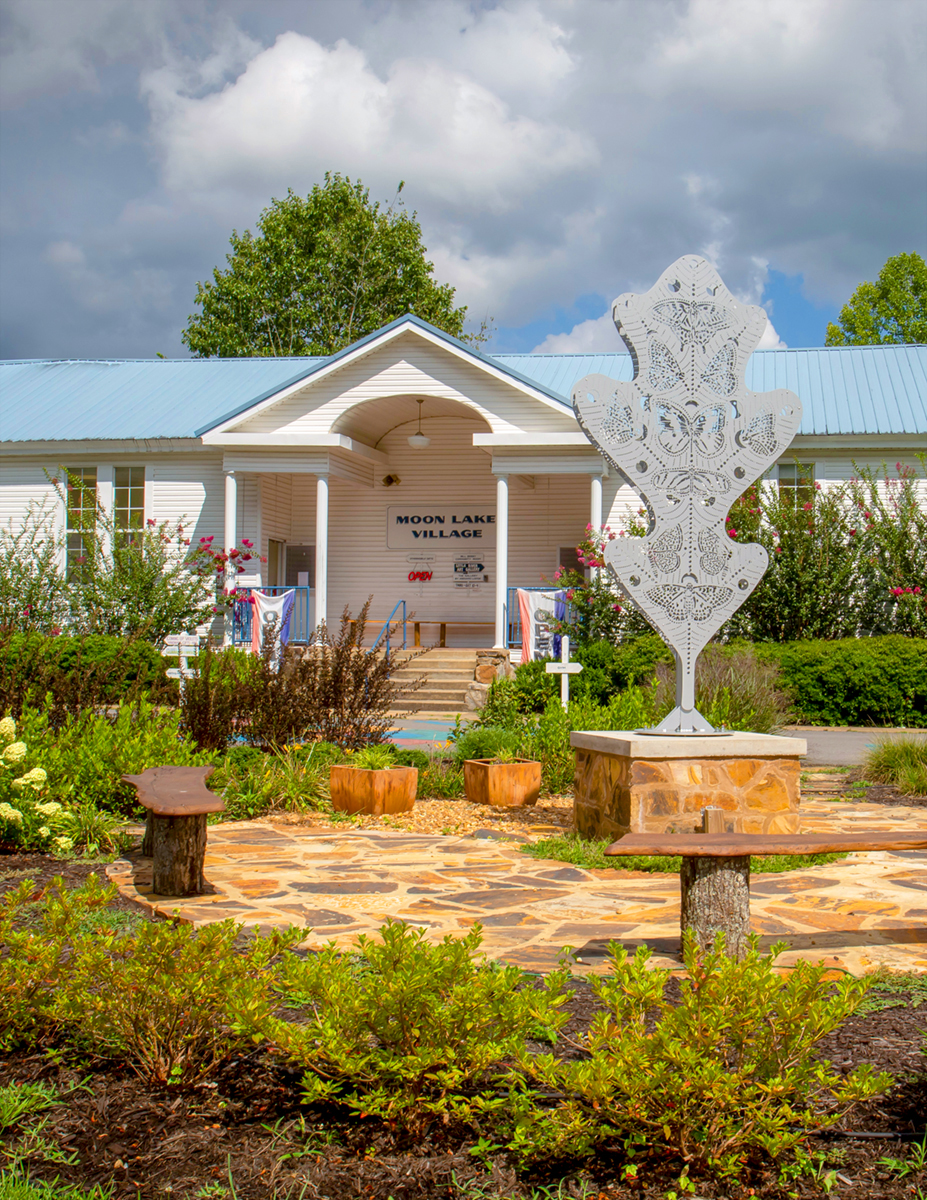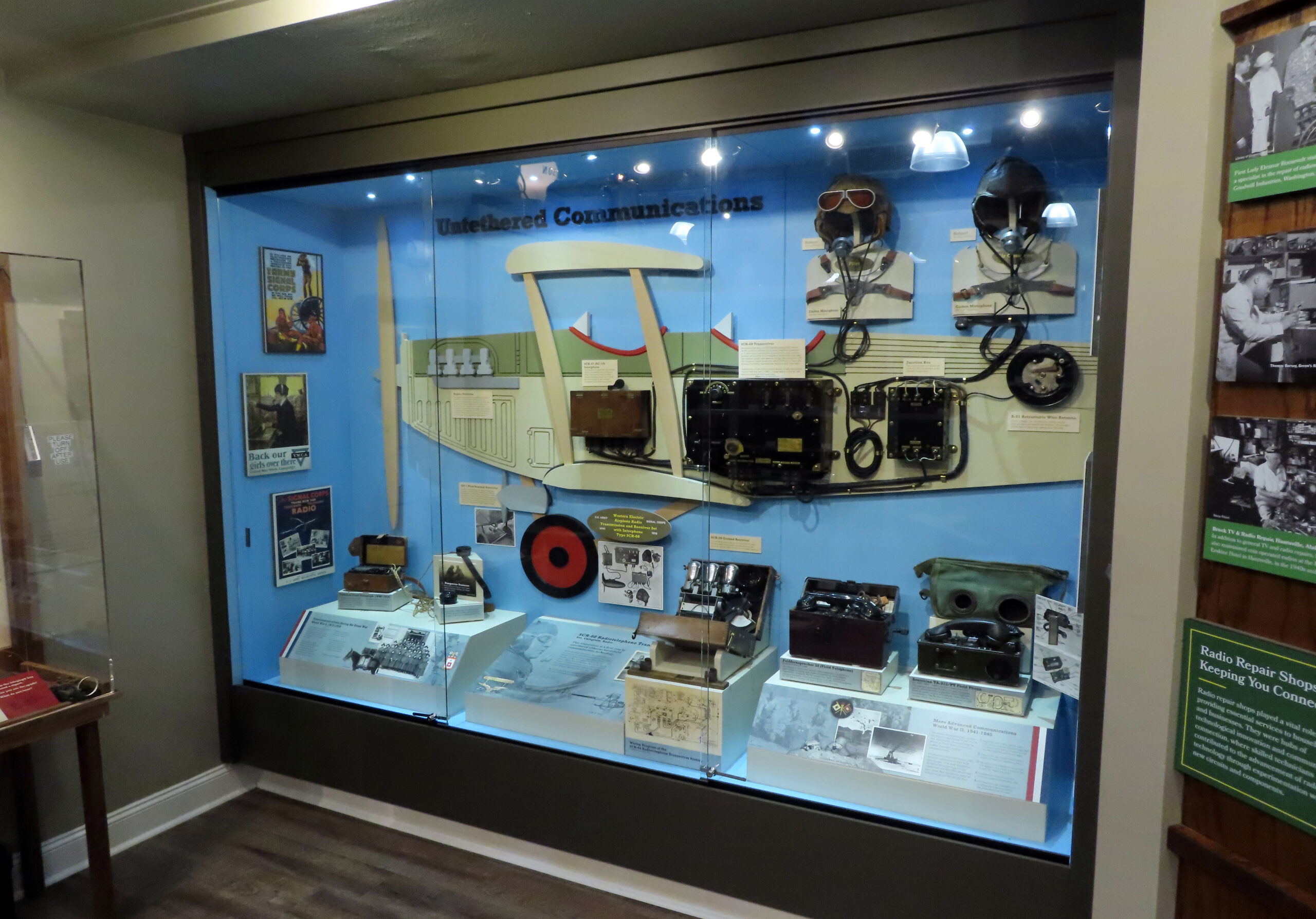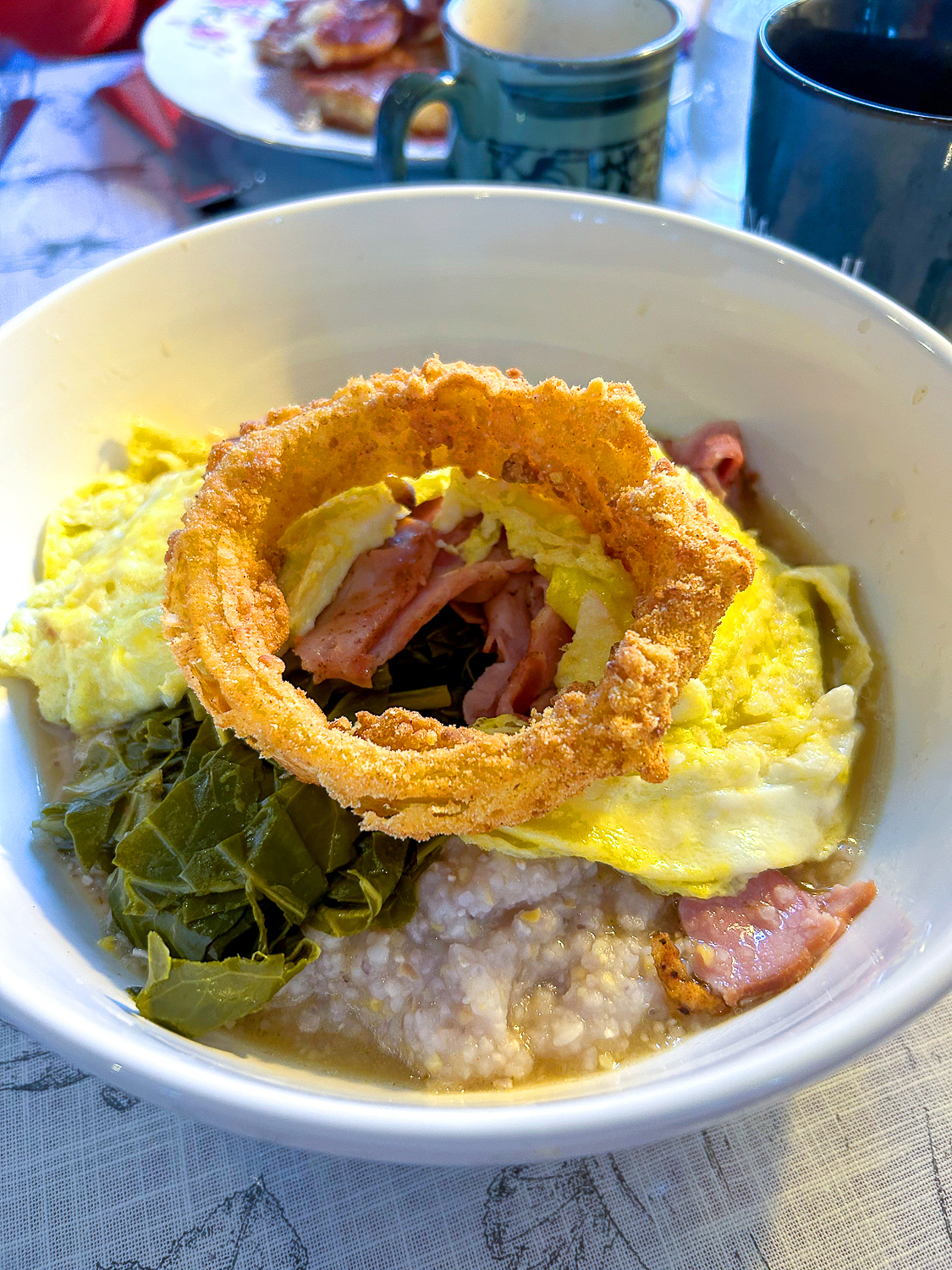Author says Southern baking is “possibly the first and finest style of baking America has ever known.”
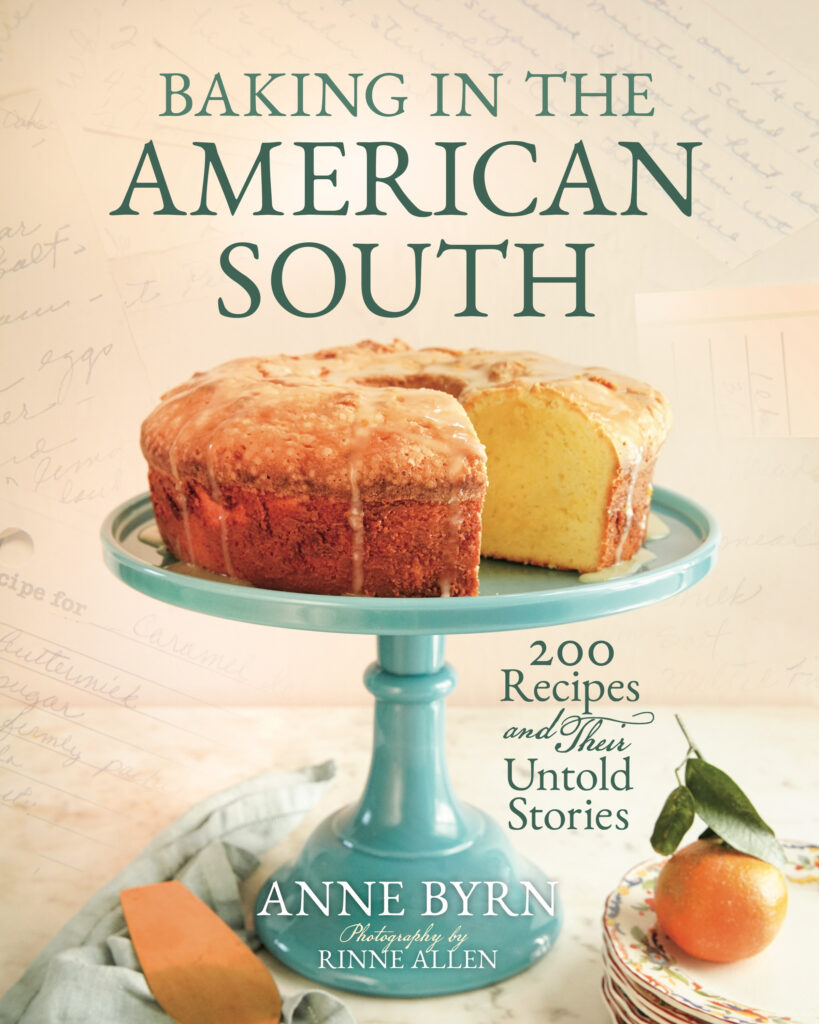
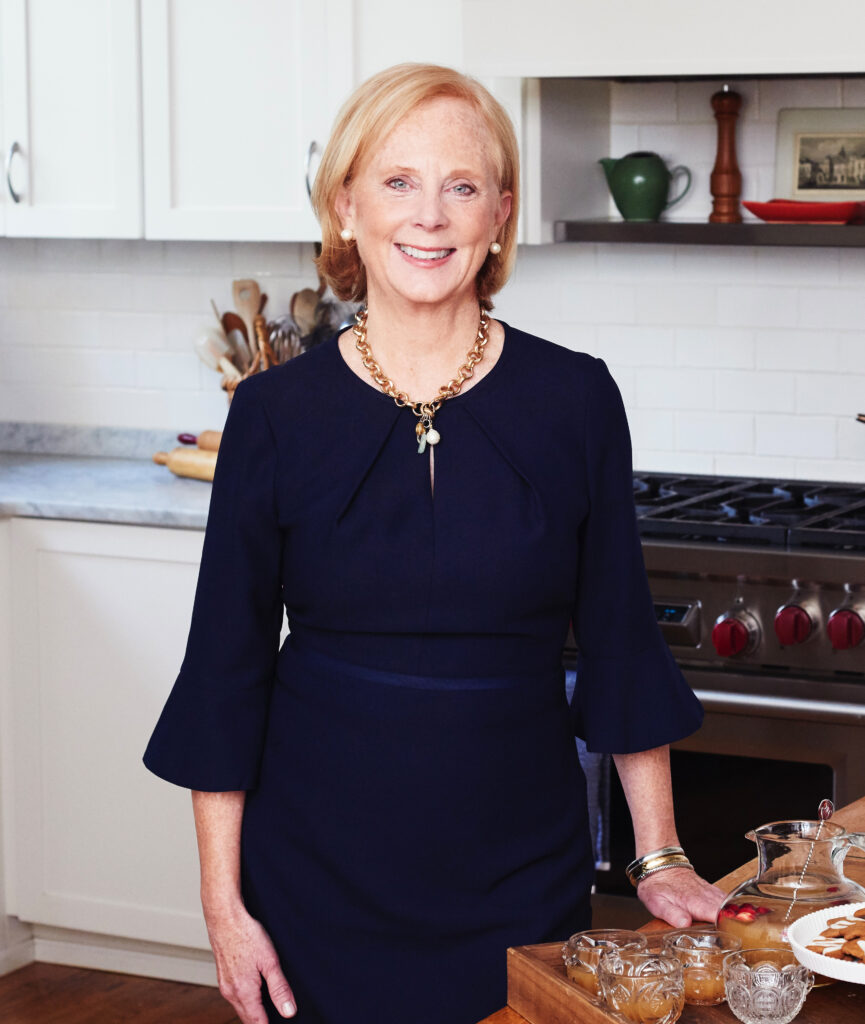
tour for her book and will be at the Selma Dallas County Public Library Sept. 18. Follow her on Instagram and at annebyrn.com.
When cookbook author Anne Byrn was learning the fine art of pastry making from the top chefs in Paris in the 1980s, she still longed for the taste of her mother’s cooking in Tennessee.
“I would have traded a fancy genoise for a warm slice of my mother’s pound cake any day,” she writes in the introduction to her book, Baking in the American South.
Byrn, known by many for her national best-seller The Cake Mix Doctor, was in Alabama recently to talk about her latest book which features more than 200 recipes from 14 states “and their untold stories.” A newspaper journalist and former food editor for the Atlanta Journal-Constitution for 15 years, she spent three years researching and writing the 512-page book which covers the South’s best baked creations from cornbread and biscuits to yeast rolls, cakes, cookies, puddings and pies.
Several recipes come from Alabama cooks, many of whom Byrn describes as “folks nobody’s ever heard of, or they’d forgotten about them.”
“I started during Covid,” she recalls, “beginning with the research defining what is the South, reading what had been written about the South. I read The Warmth of Other Suns, and picked back up my old copies of Eudora Welty stories, all to help get back in the rhythm of the South.” To locate the recipes she would include, she reached out to her food editor colleagues in other states to get their recommendations. Many well-known chefs and cooks like Natalie Dupree and Frank Stitt were on her list from the beginning, along with legendary food personalities like Edna Lewis and John Edgerton.
“Then I learned about people like Ouita Michel,” she says, a Kentucky restaurateur who wasn’t born in the South but returned to the bluegrass state where she was raised, and became a James Beard-award winning chef. And people like Scott Peacock who teaches popular nationally-known biscuit-making classes out of his 1858 Greek Revival mansion Reverie in Marion, Alabama. And lesser known cooks like Nina Cain, who cooked for Curtis Flowers’ grandmother in Florence, and whose Batty Cakes with Lace Edges, lacy corn cakes fried in hot lard, are the first recipe in the book.
“I tried to include as many people as I could,” Byrn says, “I just tried to cast this really wide net, trying to be representative of all the tastes and time periods. keeping all these balances. What came out of it was that Southern baking is way more interesting than I thought it would be!”
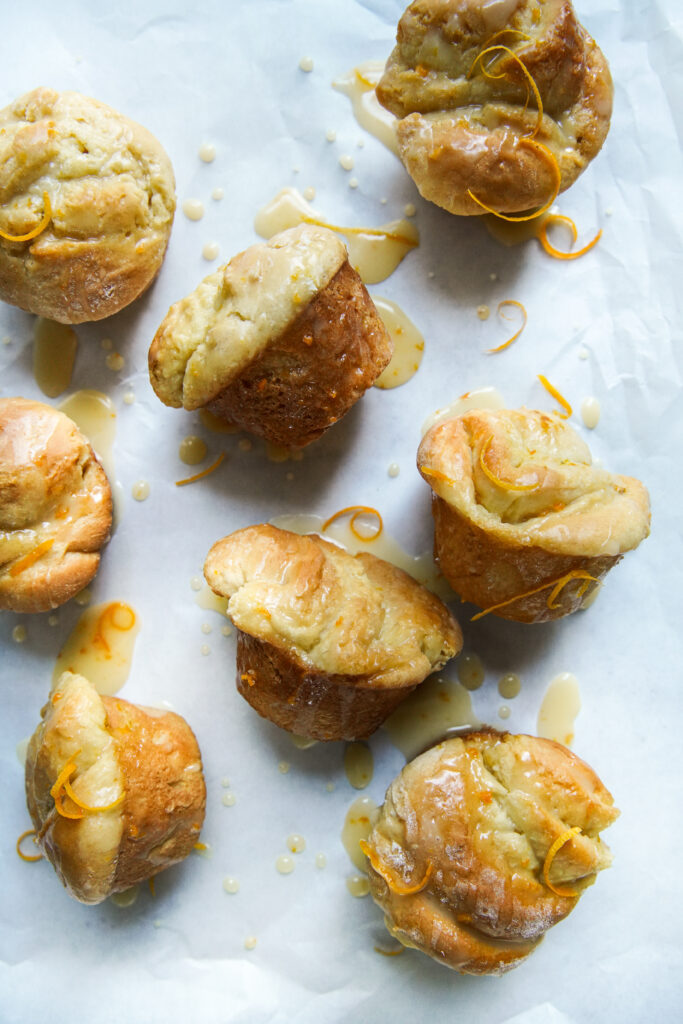
The people and their stories
The region is interesting because of its people, especially those cooks whose stories make up the bulk of the book, along with more than 200 mouth-watering photographs by Rinne Allen.
“These were people who made valuable contributions,” says Byrn. “In spite of how complicated of a region we are, and our divisiveness, it’s a pretty outstanding place to have lived and grown up.”
So why write about the baking heritage of the South? Byrn turns to a quote from Eudora Welty: “One place understood helps us understand all places better.” “By getting to know one place, we understand the people of that region and then we can in turn understand ourselves and other places better,” she explains. “It boils down to empathy, about putting yourself in another’s shoes in a particular time in history.”
Far from the romanticized version depicted in Gone with the Wind, the South was largely poor and rural, inhabited by immigrants who depended on the agricultural seasons and the soil for their food. They used the ingredients they had on hand. “Out of the isolation, poverty and the rural setting that was most of the South came a style of baking that was quite elevated,”
Byrn found. “It was revered and it was special. Corn grew everywhere, but wheat did not. So wheat flour was special, and biscuit baking
became special.”
Fittingly, the book opens with a chapter on cornbread, the “one type of baking that does not discriminate,” Byrn says. “Most everybody in the South has had access to cornmeal. It’s the oldest bread and the bread about which people can be very opinionated (if you want to start a lively discussion, ask someone if they put sugar in their cornbread).”
As she notes in the cornbread chapter, before we had ovens, wheat, yeast and other tools to bake bread, “there was corn and fire. A little later, an iron skillet. So cornbread became the South’s first daily bread.” In addition to Nina Cain’s corn cakes, she also cites Linda Carman’s Back-of-the-Bag Cornbread, a thin and crispy version baked in a sizzling hot iron skillet by her mother in 1950s Cullman. Carman took that recipe with her when she became a home economist for Martha White, the Nashville flour and cornmeal company, and she later put it on the back of the Martha White corneal bag.
Cullman is also cited in her chapter on Rolls, Breads and Yeast-Raised Cakes, with a page devoted to Ewing Steele’s Alabama Orange Rolls. Depending on who you talk to, the famous orange rolls originated in suburban Birmingham where Steele, the chef of Vestavia Gardens, created them in the 1940s and they remain a staple at The Club, a private club overlooking the Magic City. But go to the All Steak Restaurant in Cullman, 45 miles north, and you’ll find them on that menu as well, and the restaurant is proud to claim them. No matter the origin, you can’t go wrong if you make your own, using the original recipe Byrn has included in her book.
“A recipe is an artifact,” she says. “They tell us about our past, about our family. If you look at the recipes in this book, look at the ingredient list and it tells you something about the person. Did they have access to flour, did they have access to sugar? Access was everything. Either you could afford it or you couldn’t. Did it require refrigeration? You can really learn a lot about people (by reading their recipes).”
Recipes and cooks with an Alabama connection
Byrne includes recipes likely not seen before that have historic value, especially in Alabama. Who knew, for example, that Rosa Parks had a recipe for Featherlite Peanut Butter Pancakes? Mrs. Parks was the seamstress who became nationally known in 1955 for refusing to give up her seat to a white man on a segregated Montgomery bus. In 2015, the Library of Congress released her personal documents, including a pancake recipe written on the back of a bank deposit envelope. The name Featherlite is taken from a brand of self-rising flour sold in the South at the time. Byrn notes that she added sliced bananas and chocolate chips when she made the pancakes “because they go so well with the peanut butter.”
Georgia Gilmore, a cook in Montgomery who fed the Rev. Dr. Martin Luther King, Robert Kennedy and others in her home during the 1960s, was also known for her pound cakes. Byrn writes that she organized black women to bake and sell pound cakes, along with pies and fried fish meals, at churches and beauty parlors, as a way to raise money to pay for transportation during the 1955 Montgomery bus boycott. She includes the rich, golden pound cake recipe which she “lightened slightly with a little
baking powder.”
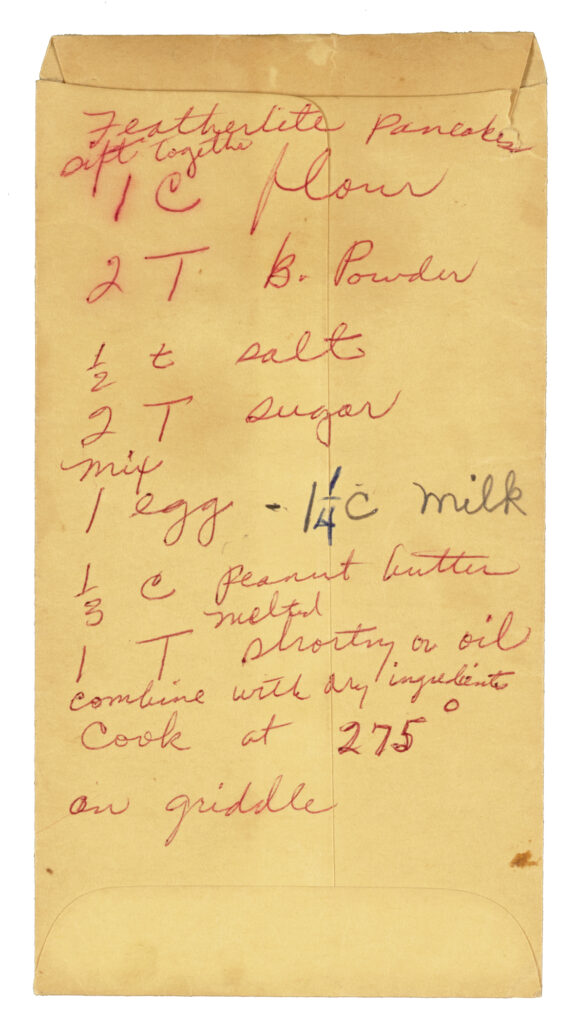
Other cooks and their recipes with an Alabama connection included in the book are Dolester Miles’ Coconut Pecan Cake (the signature dessert at Chez Fonfon and Highlands Bar & Grill in Birmingham), Frank Stitt’s Peach Crostata (using Chilton County Red Havens), Henry Traeger’s Demopolis Turtleback Cookies, Marion Flexner’s Green Tomato Pie (her mother was Adele Kahn Weil of Montgomery, a nationally known Jewish cook and author in 1898 of The Twentieth Century Cookbook) and of course, the official state cake, Emma Rylander Lane’s
Prize Lane Cake.
Does Byrn have a favorite recipe from the book?
“From a nostalgic standpoint it’s the Nashville Chicken on Egg Bread,” she says, “an old turn of the century recipe made at a downtown restaurant, Kleeman’s. My mother loved it and she would make it.” As she traveled to promote the book, she talked with others who remembered that dish and that their own mother had the same recipe in her recipe box.
It confirmed what she’s always known: “Food has always been a conduit to bring us together and share something in common. It was fun letting recipes connect the dots for us in the South.”
Baking in the American South : 200 Recipes and Their Untold Stories by Anne Byrn, published by Harper Celebrate, 2024; $44.99. Available at your local bookstore or online retailers.
